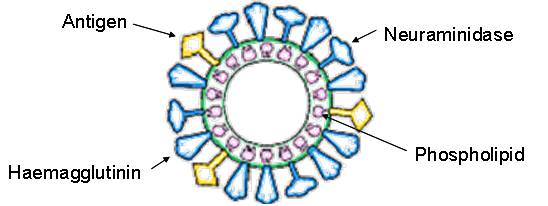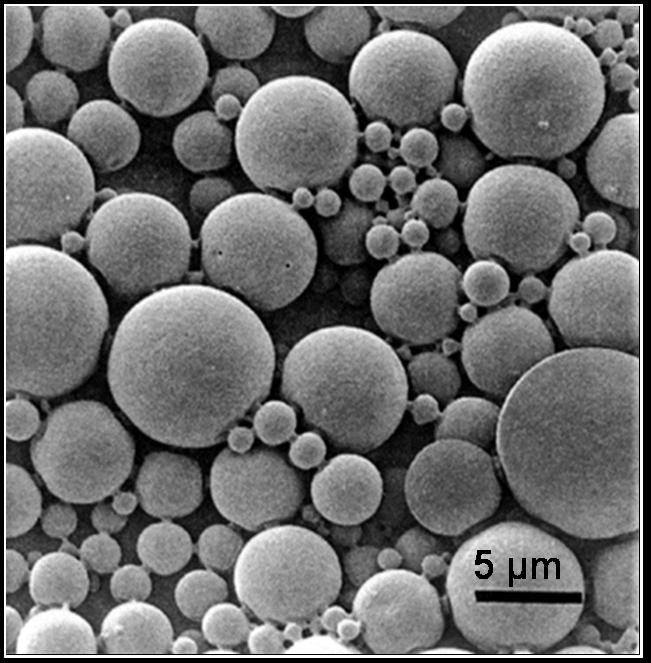BiteSized Immunology: Vaccines & Therapeutics

Adjuvants: particulate antigen delivery systems
MF59 is an oil-in-water emulsion appearing as small, uniform oil droplets and has shown great promise as a vaccine against influenza for the elderly. Safety and immunogenicity studies in an elderly population showed the MF59-adjuvanted influenza vaccine to be well tolerated with a satisfactory safety profile. The resulting vaccine, FLUAD® was first licensed in Italy in 1997. Success with the influenza sub unit vaccine has encouraged further work with other viruses including the HIV envelope protein. Clinical results from clinical trials are encouraging suggesting MF59 to be safe and well-tolerated in humans.
Liposomes are phospholipid vesicles often used in combination with MPL to facilitate Th1 responses. It is therefore difficult to determine the precise contribution of liposome to the response. The majority of formulations in development are based on naturally occurring phosphatidylcholine
Virosomes are very similar to liposomes but are based on viral membrane proteins to contribute to immunostimulation. Inclusion of viral membrane proteins such as haemagglutinin (Figure 1) exploits the targeting and fusogenic properties of this protein, perhaps improving the delivery of the antigen into the cell cytosol.

Immunostimulatory complexes (ISCOMs) comprise of immunostimulatory fractions of saponin incorporated into lipid particles also containing cholesterol, phospholipids and cell membrane antigen. ISCOMs are generally capable of inducing both antibody and T-cell responses.
Non-ionic surfactant vesicles (NISV) have similar properties to liposomes and are manufactured in a similar way using amphipathic molecules induced to form vesicles. They consist of 1-mono palmitoyl glycerol, cholesterol and dicetyl phosphate. NISVs are more stable in air than liposomes and do not require special handling or storage.
Chitosan is a biodegradeable polysaccharide produced by the hydrolysis of chitin, a naturally occurring polysaccharide found in the shellfish shell. Chitosan contains positively charged sites throughout the structure which facilitate transport across the mucosal epithelium; it therefore has potential for use as a mucosal vaccine adjuvant.
Polylactide co-glycolide (PLG) has a good safety profile in humans as they have been used for sutures and controlled drug delivery therapeutics for many years. PLG microparticles are created using a modified solvent evaporation process that creates cationic microparticles (Figure 2) to which the DNA can be adsorbed and thus enables a broad approach for a range of other DNA vaccines. This polymer has been shown to be targeted by antigen presenting cells, in particular dendritic cells.

© The copyright for this work resides with the author.
